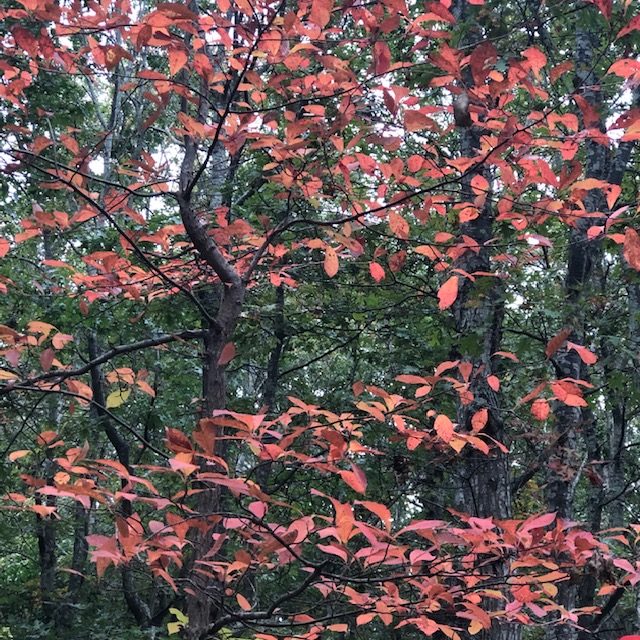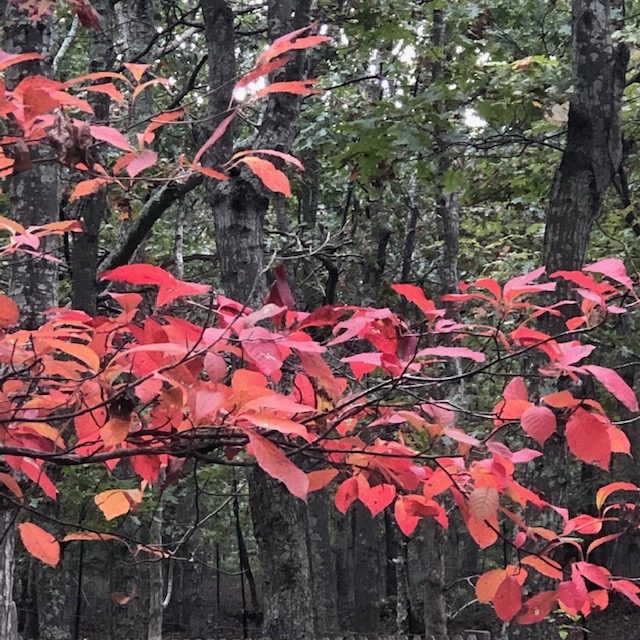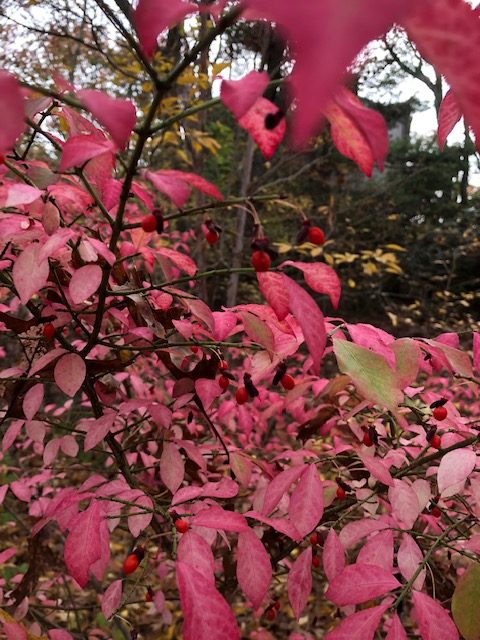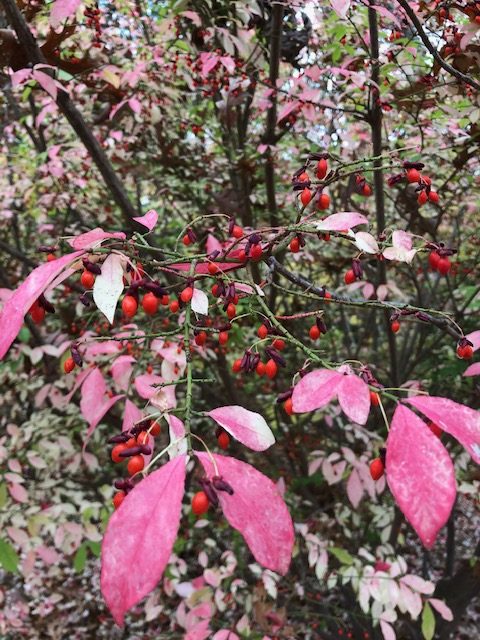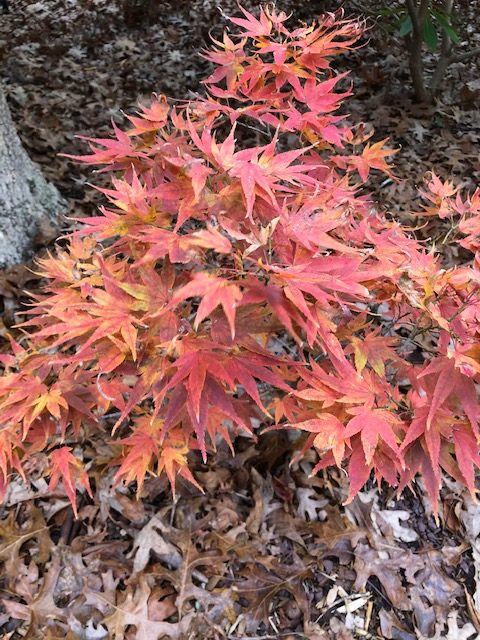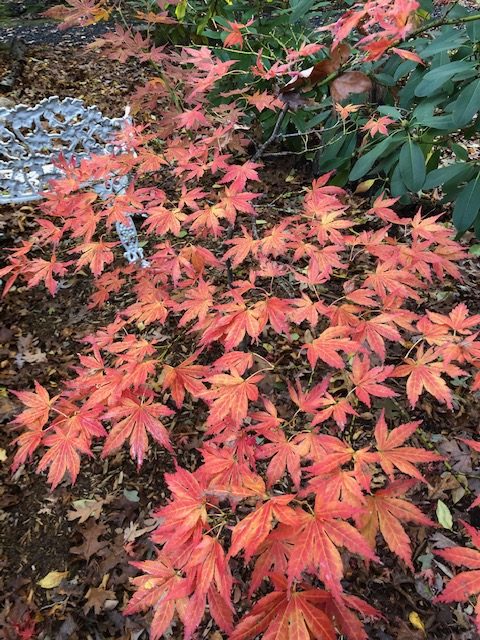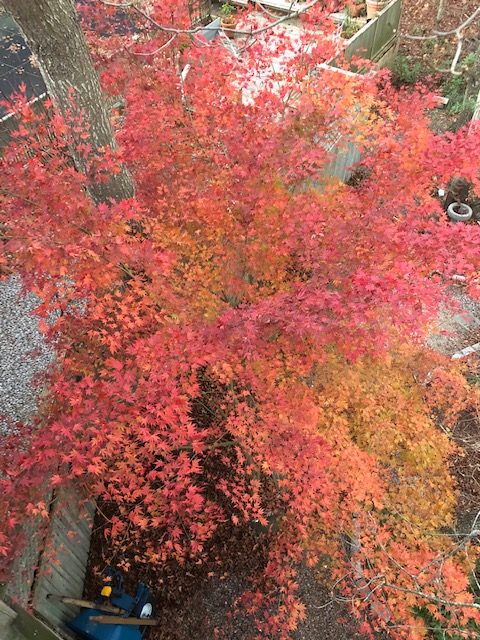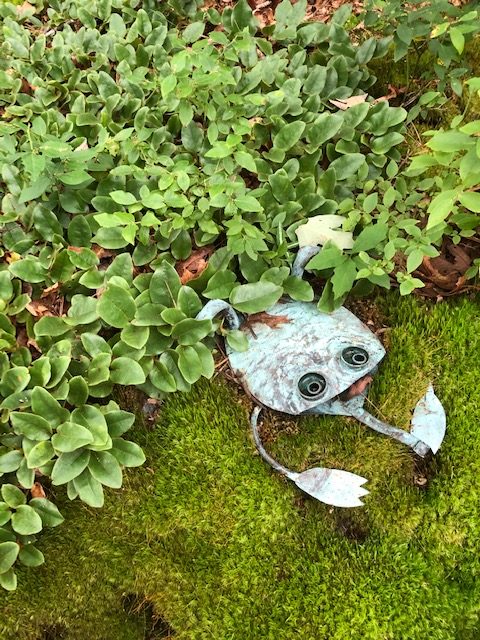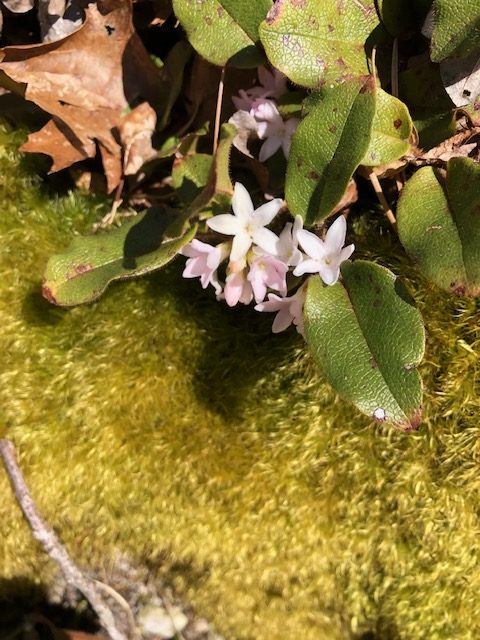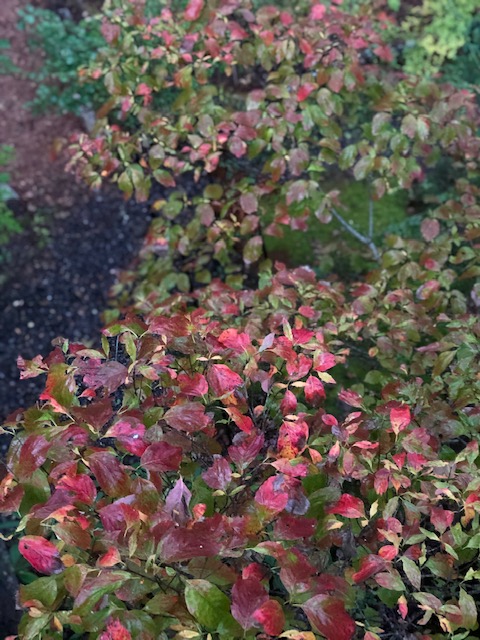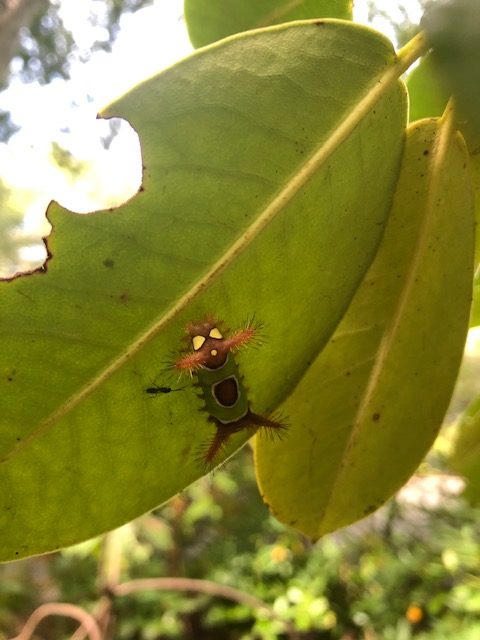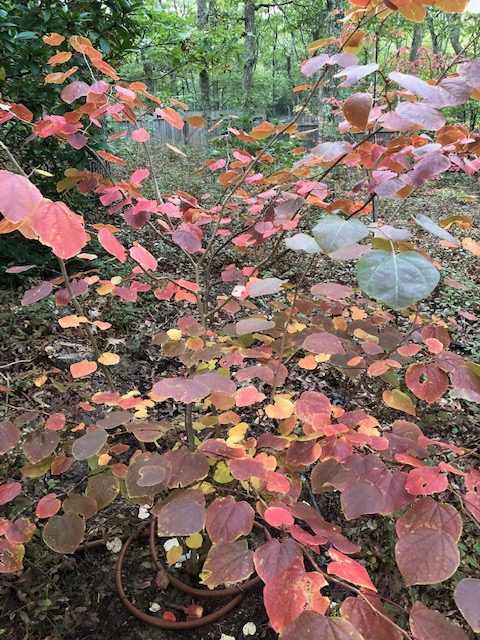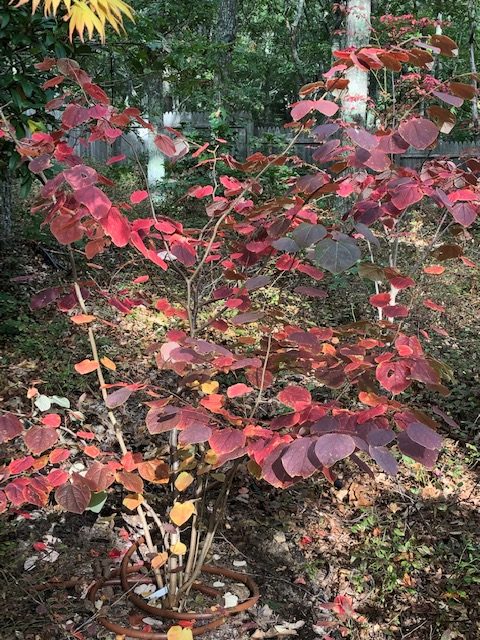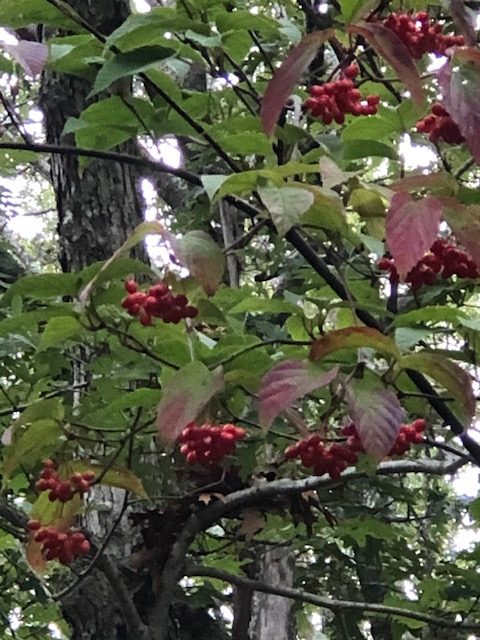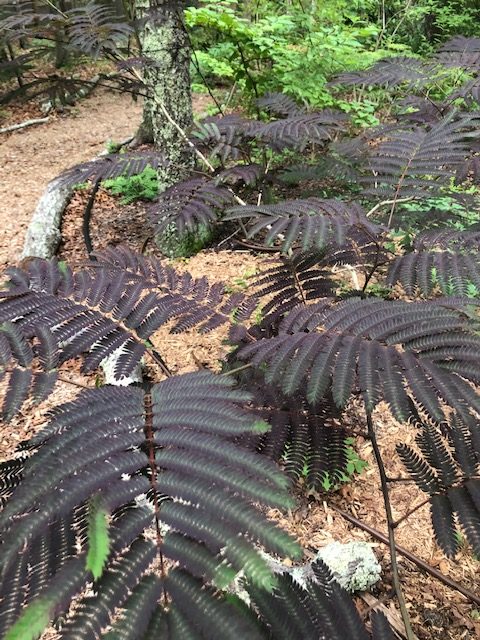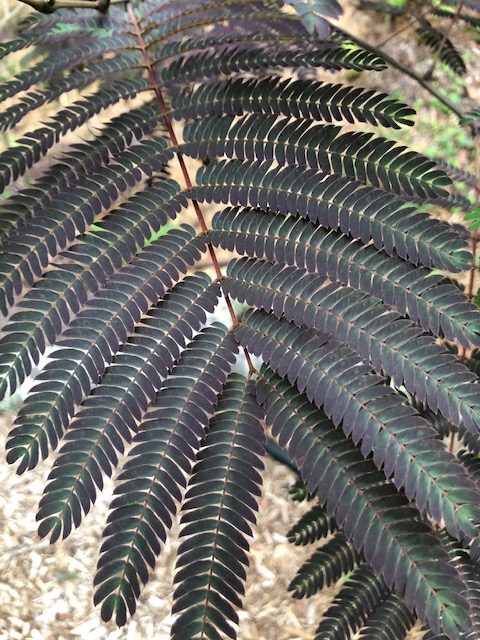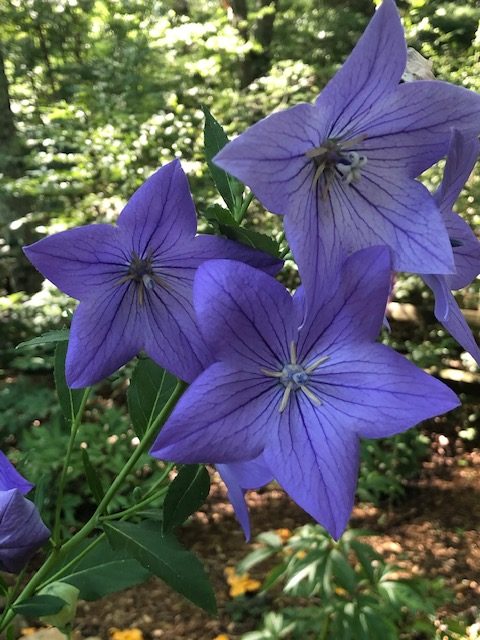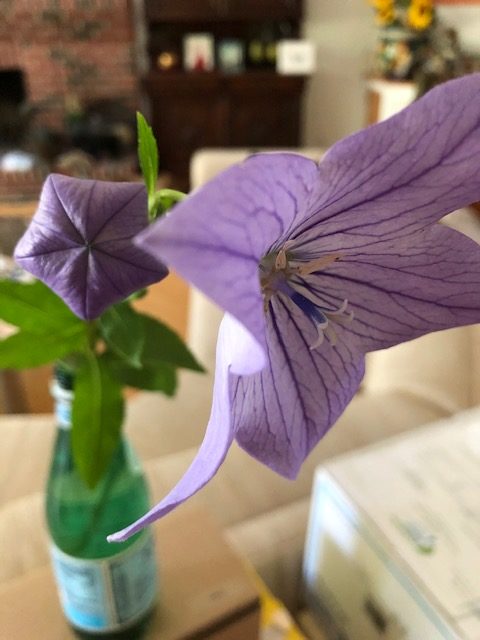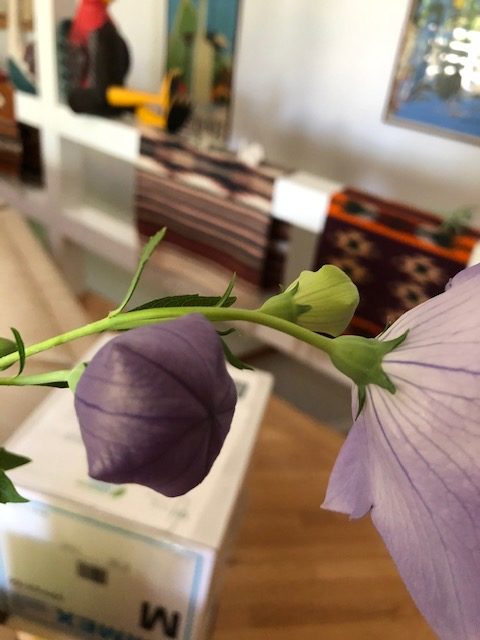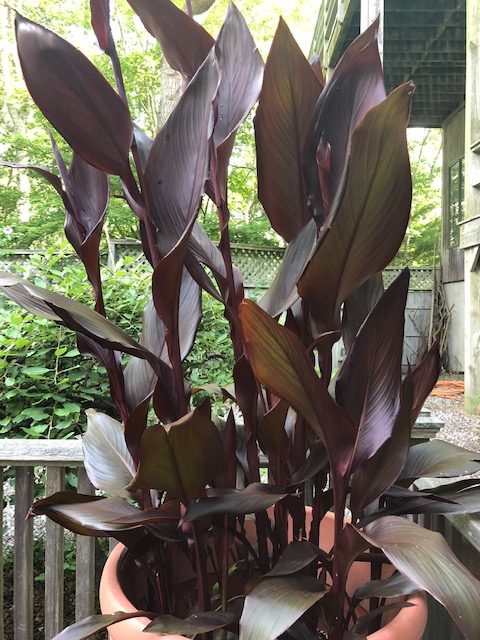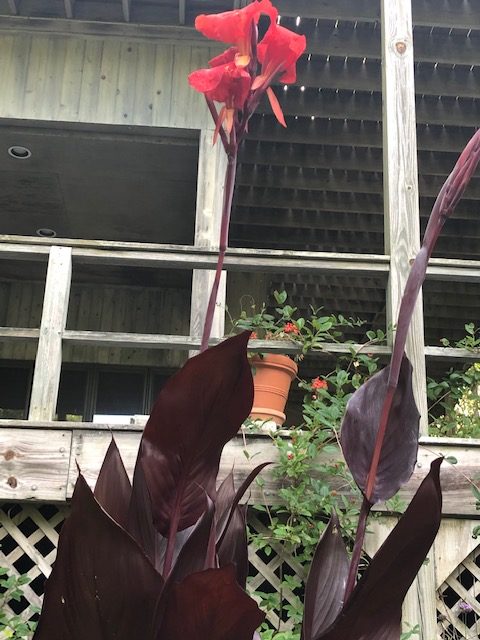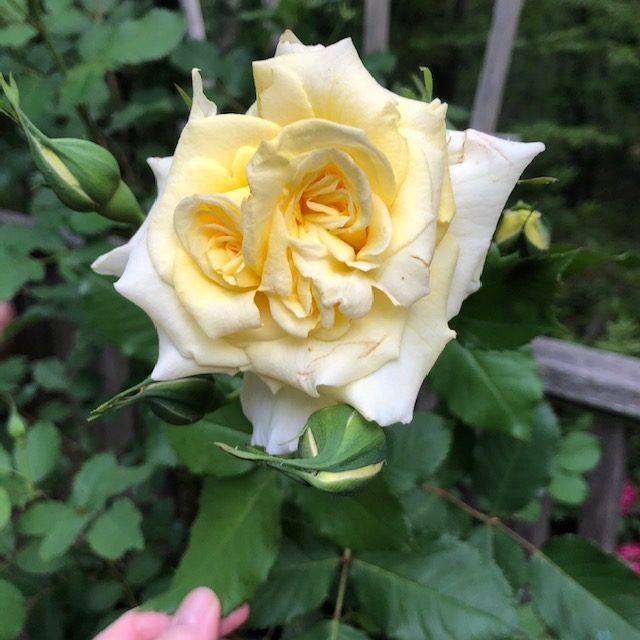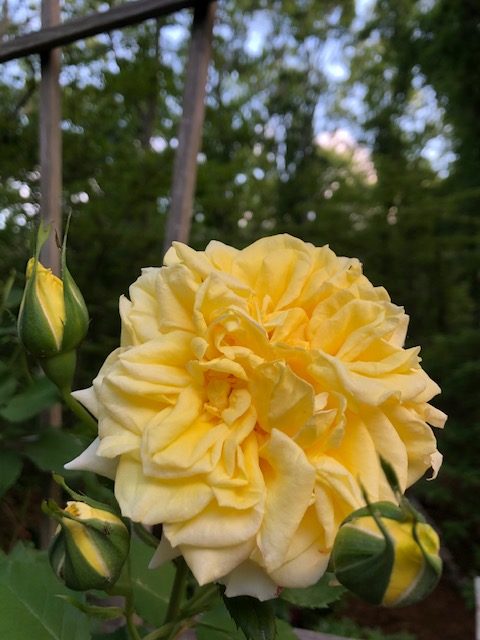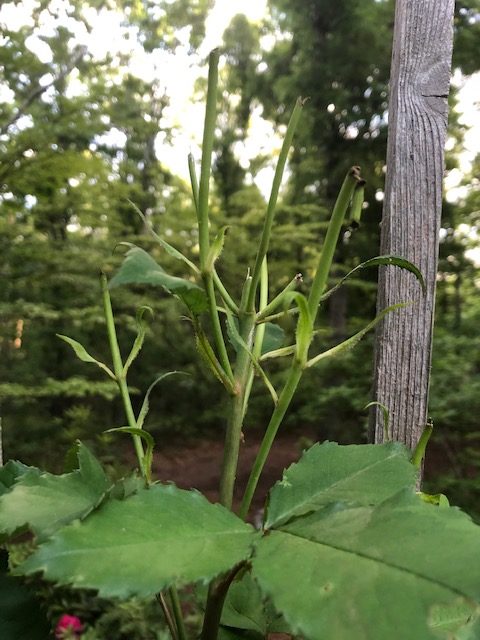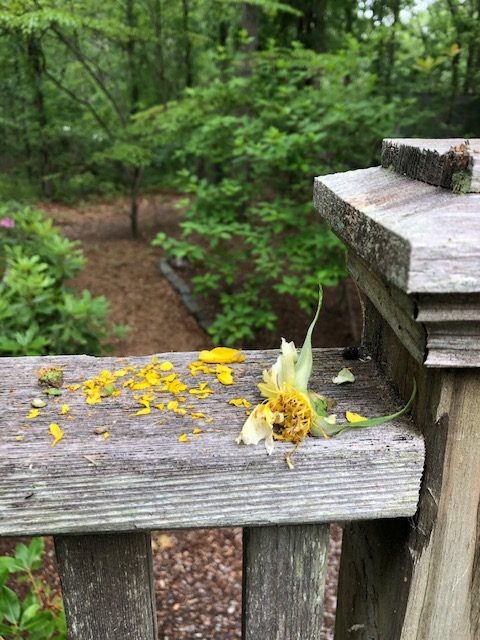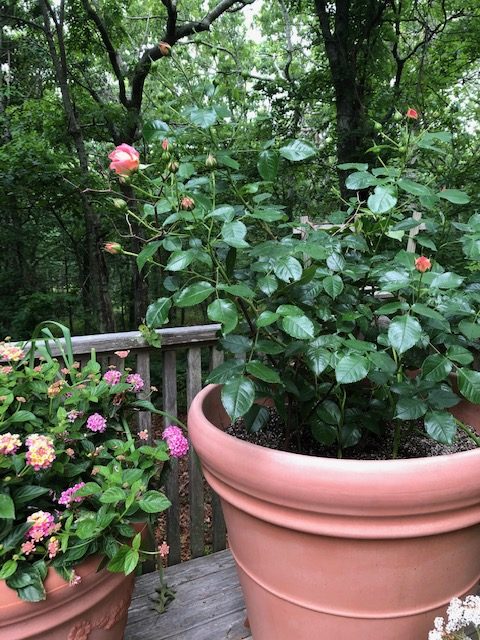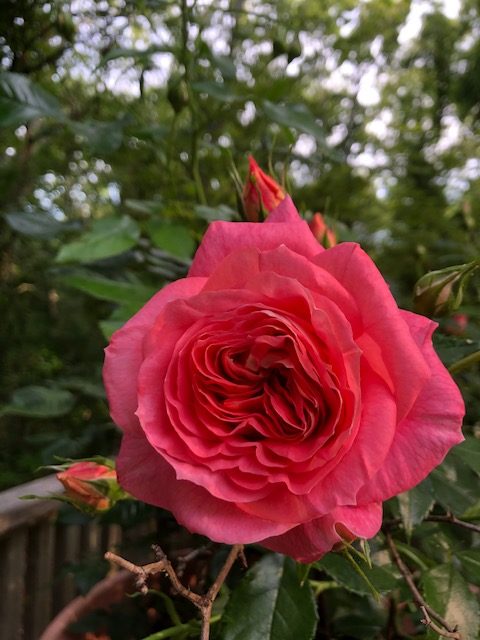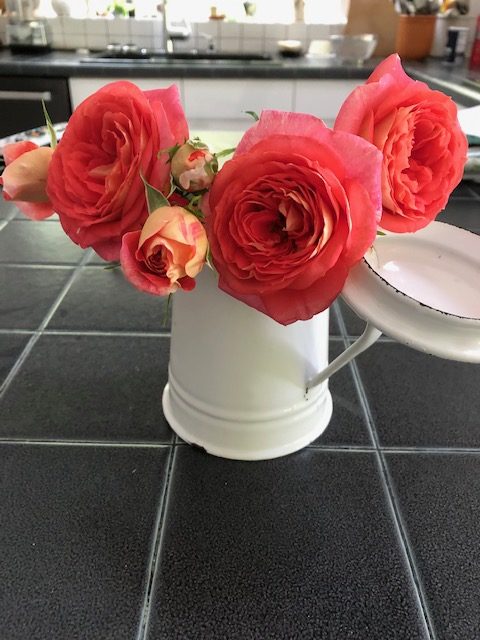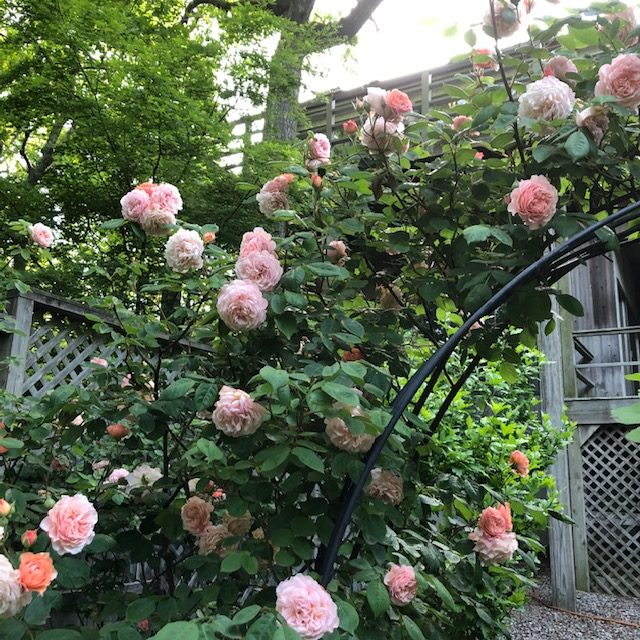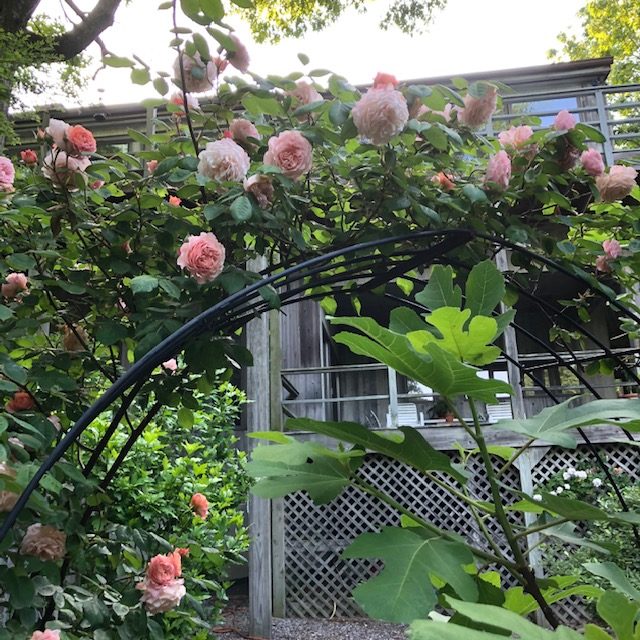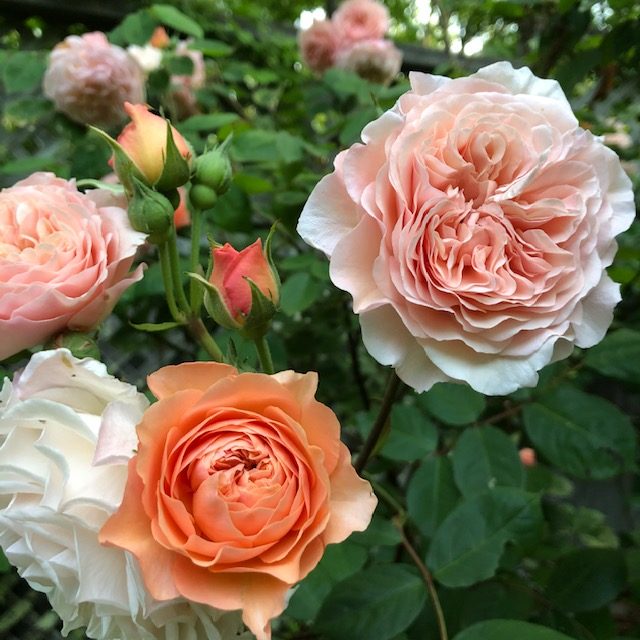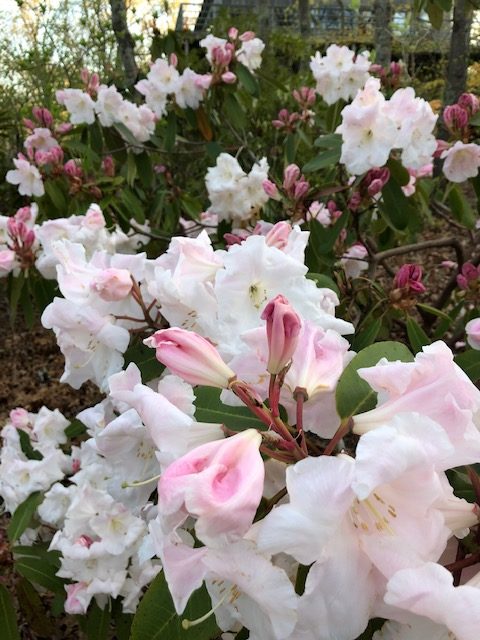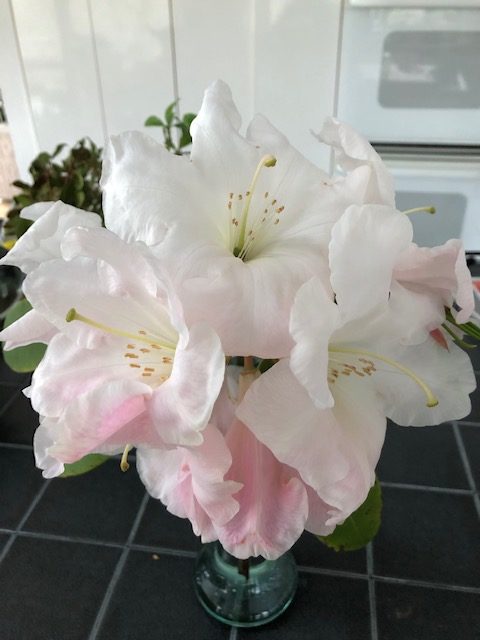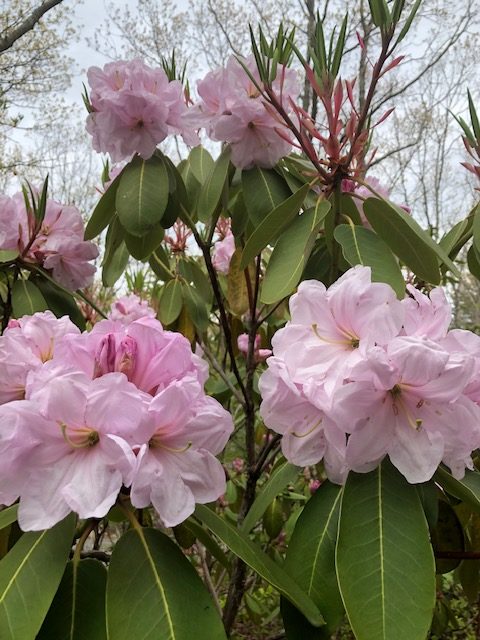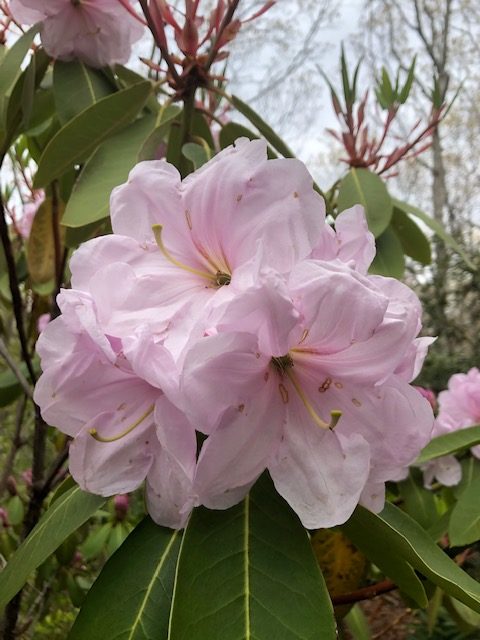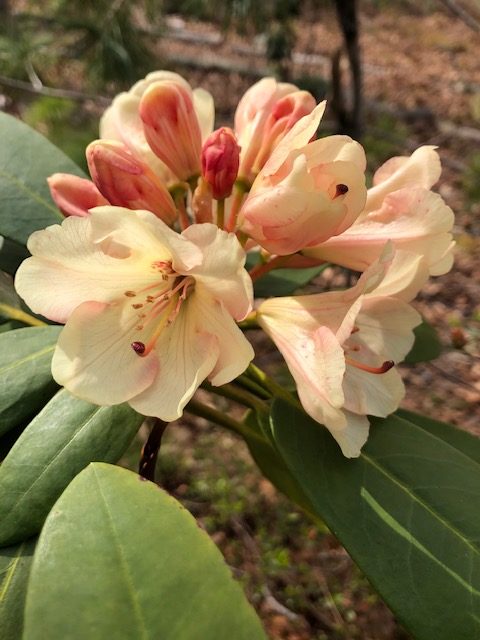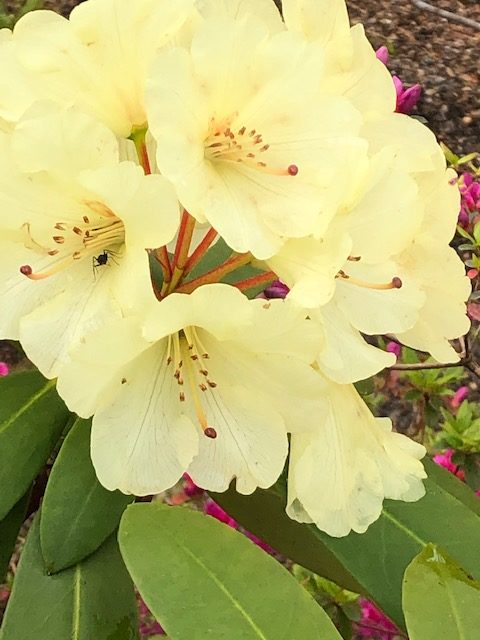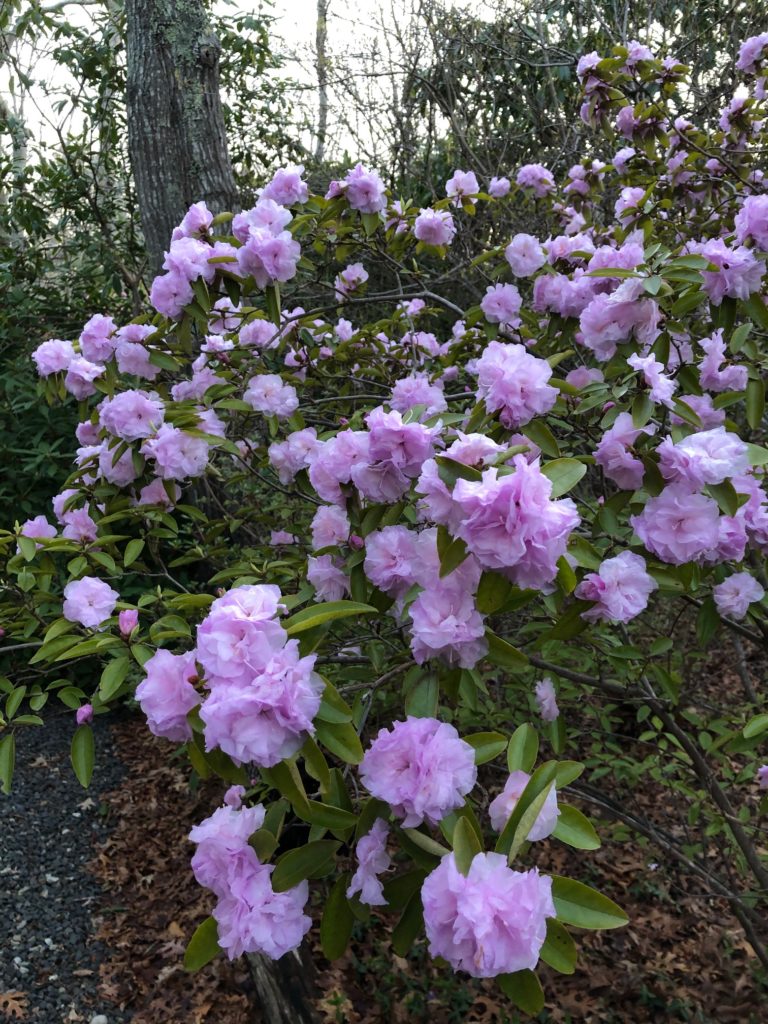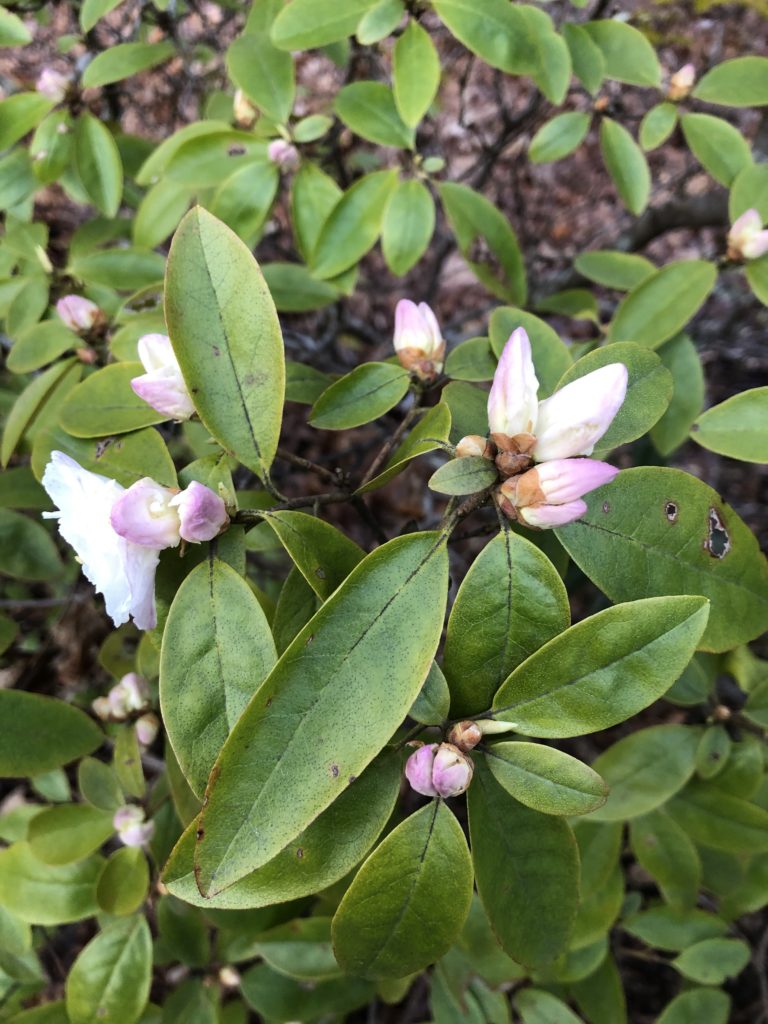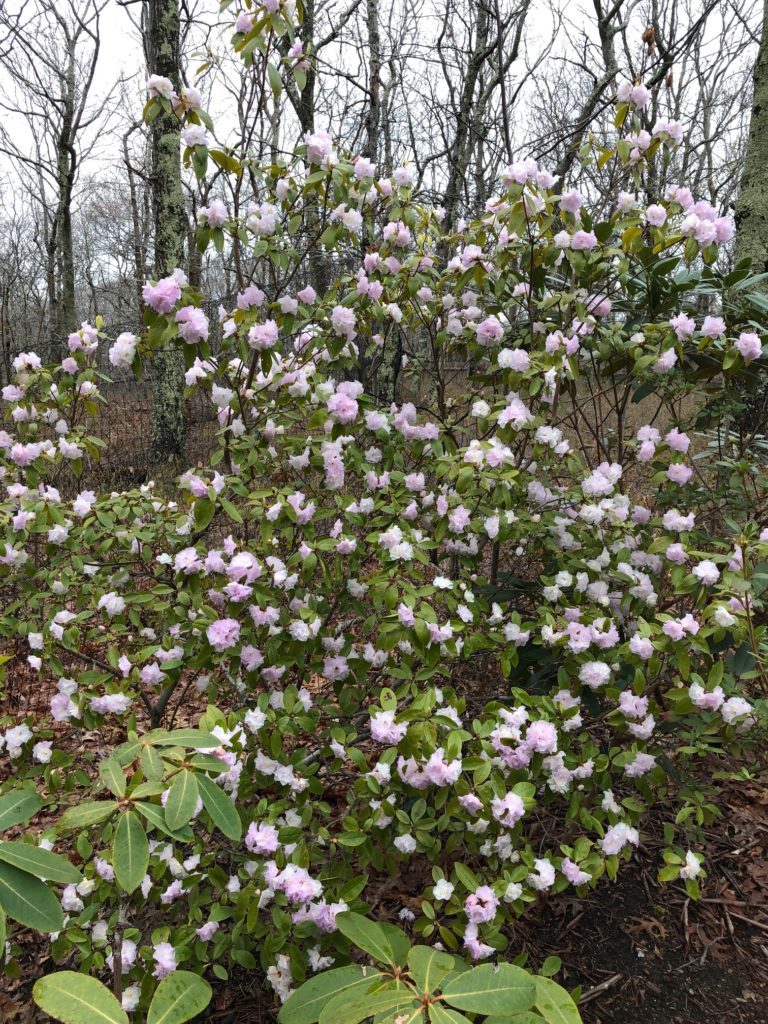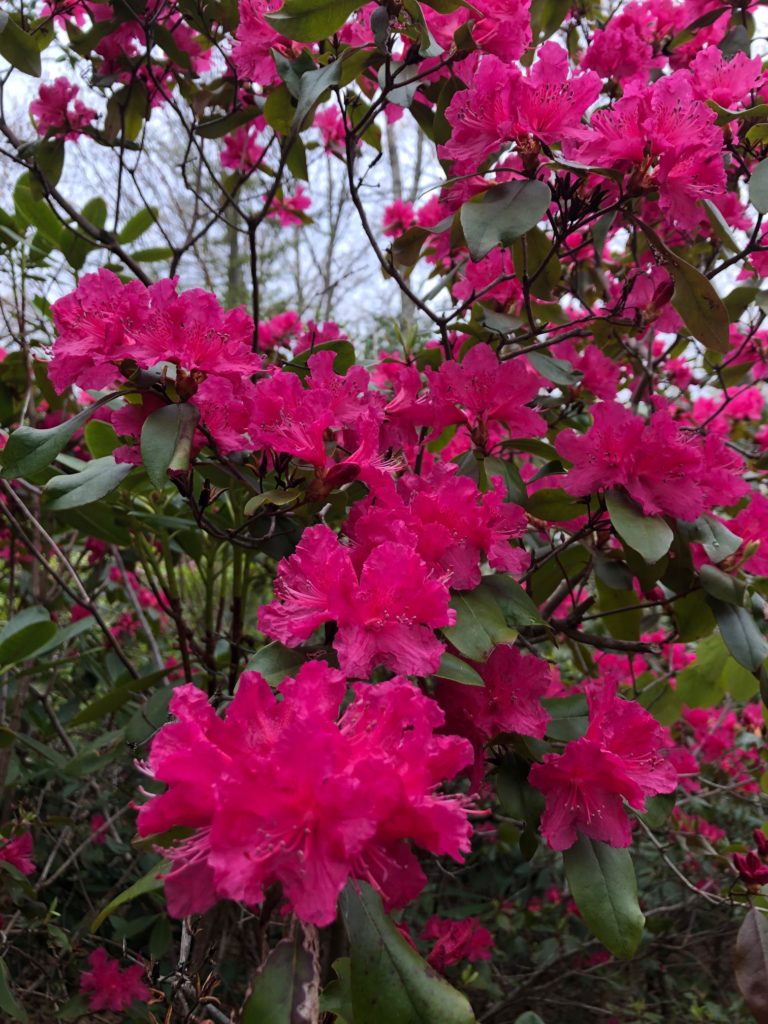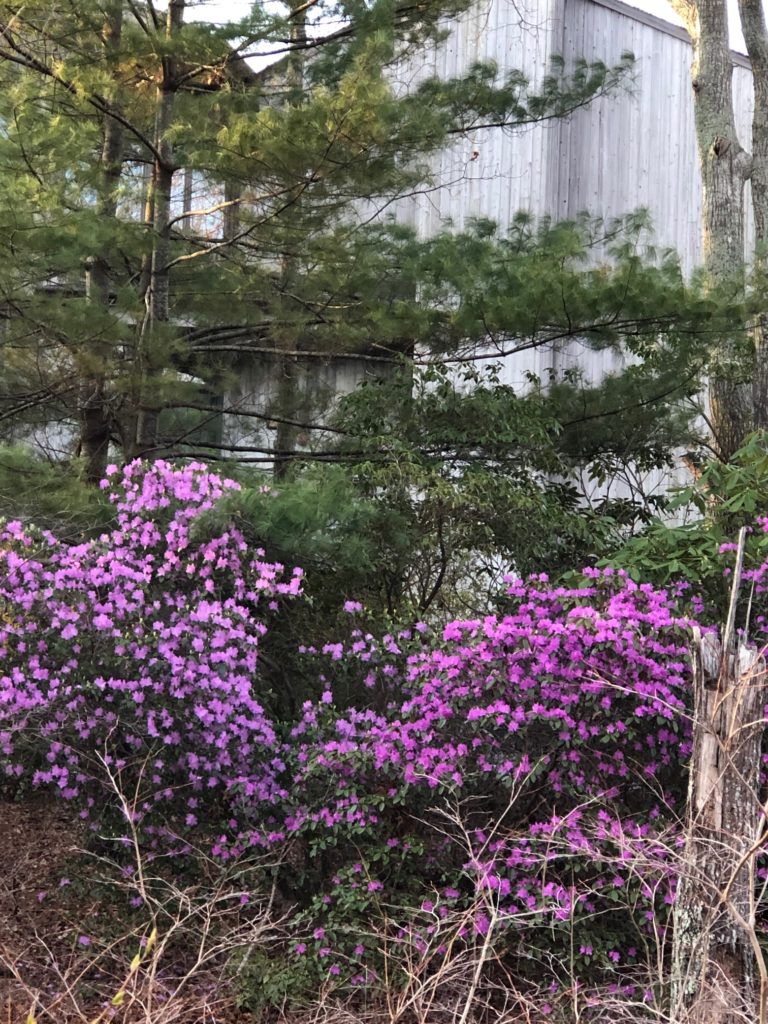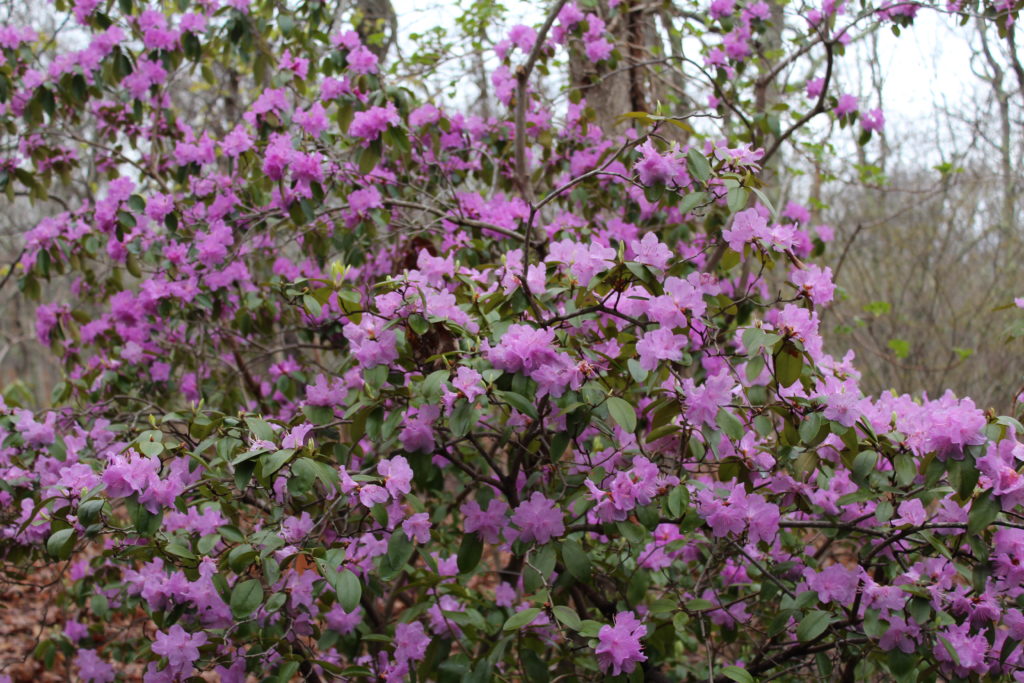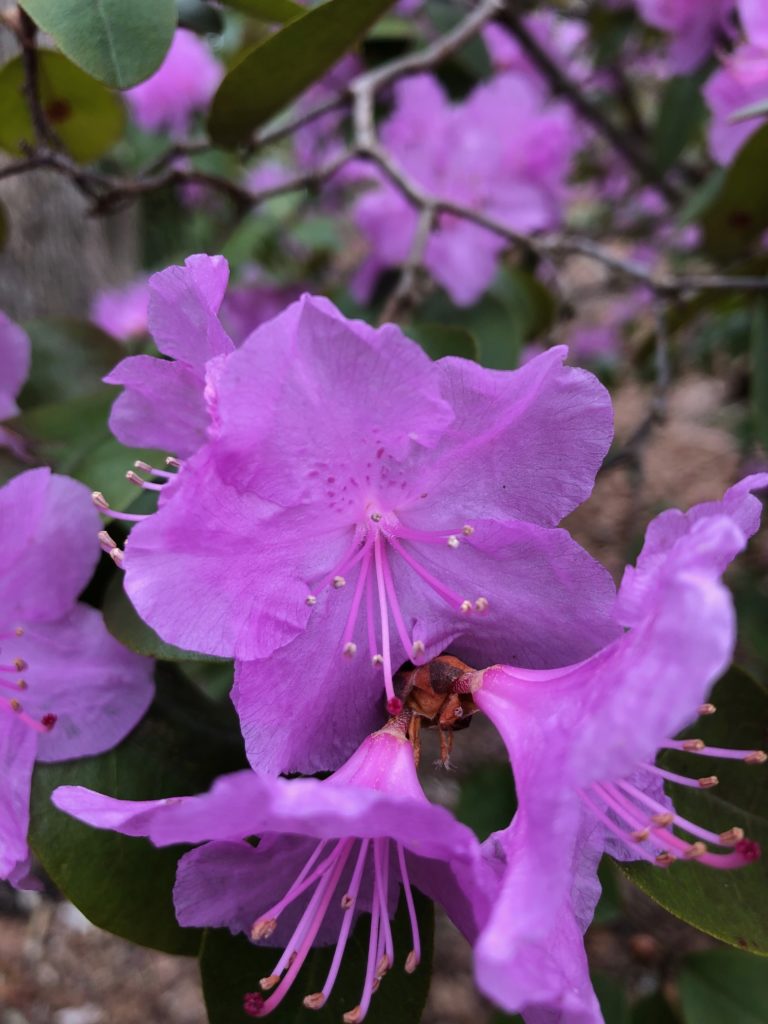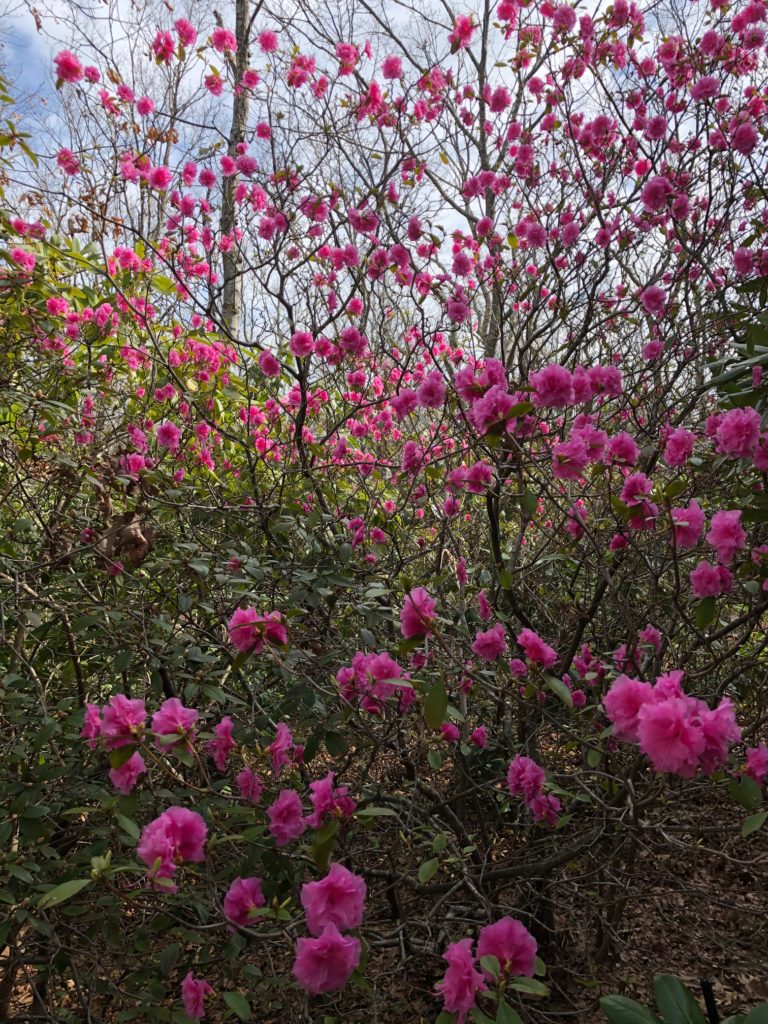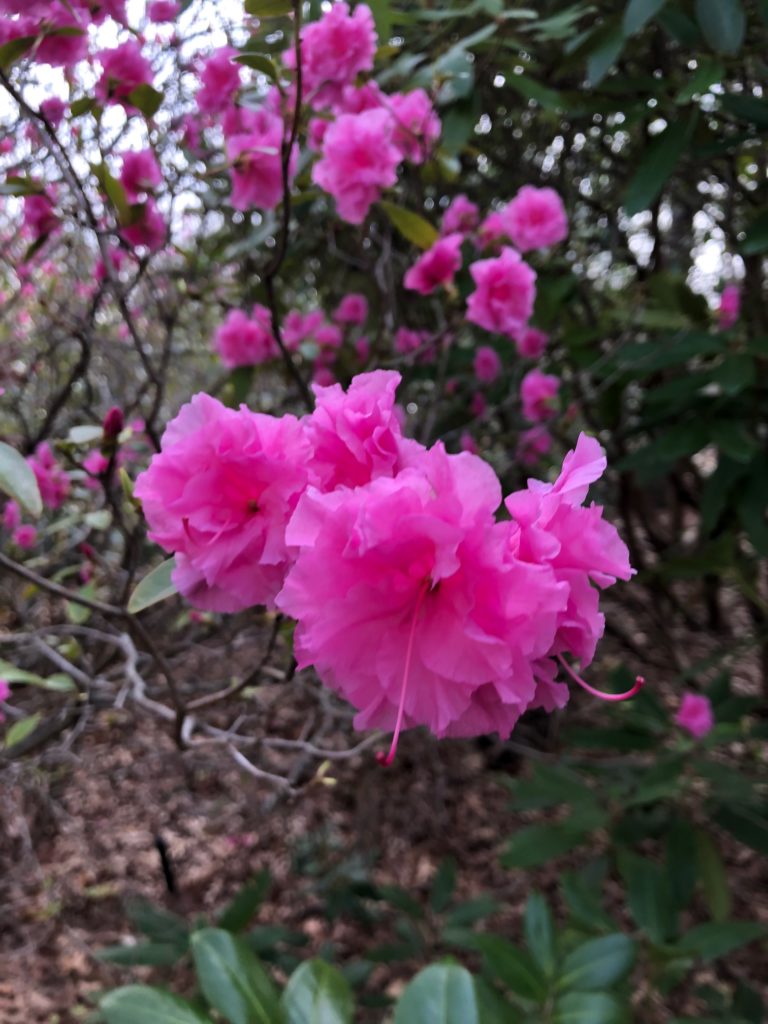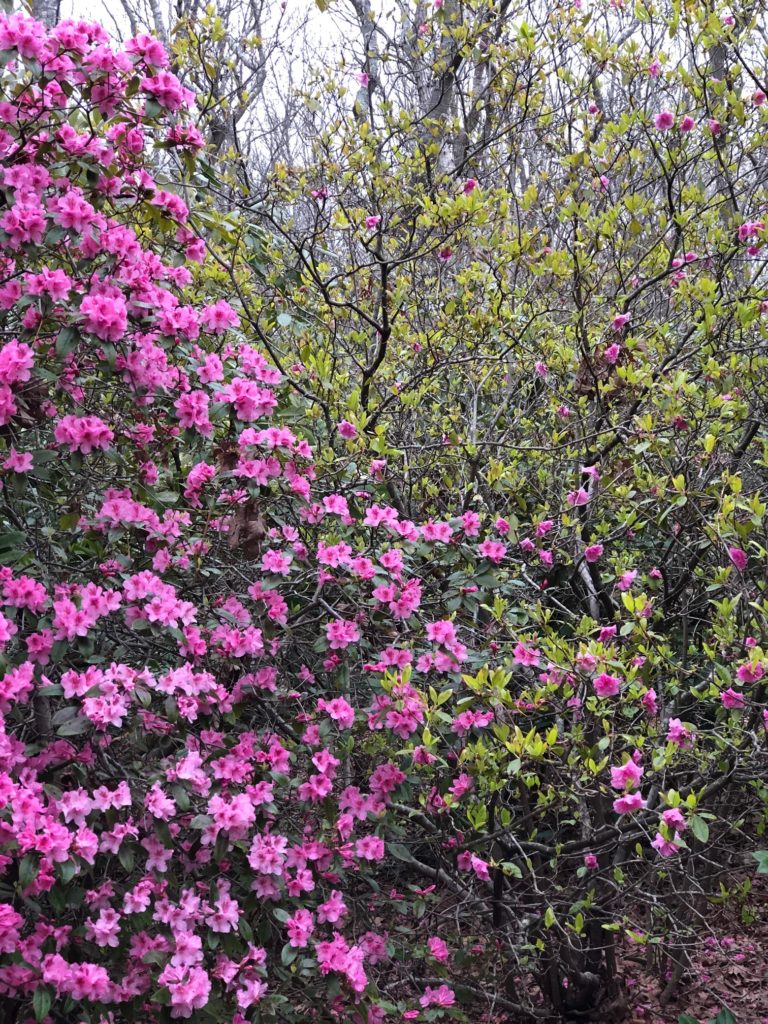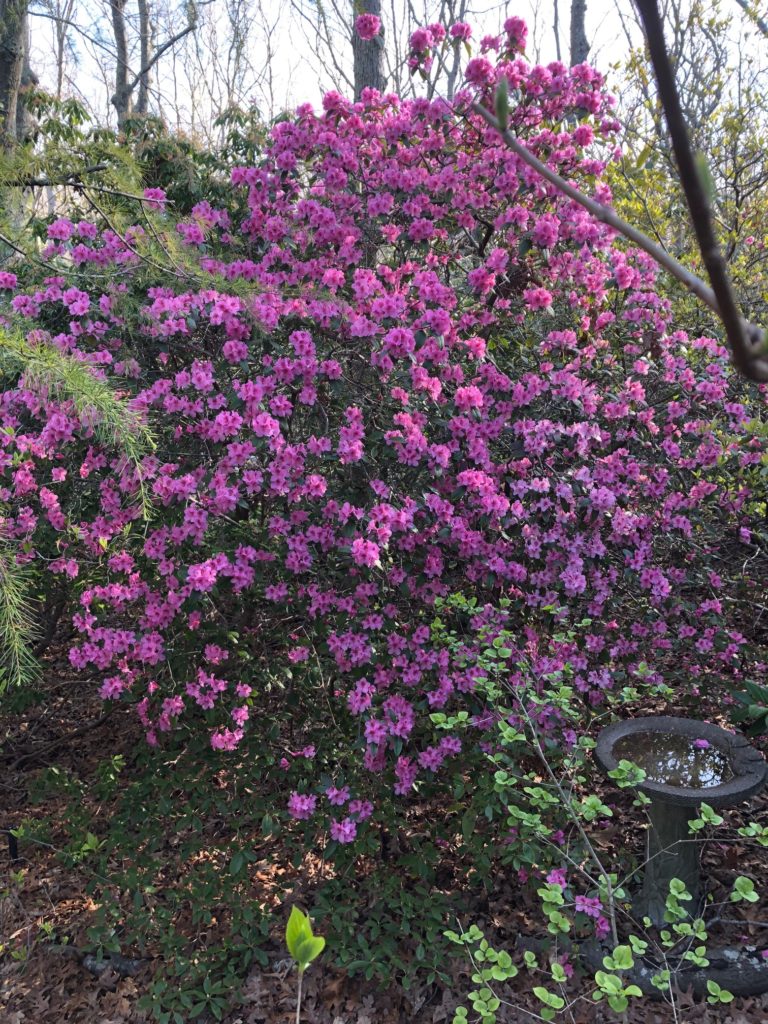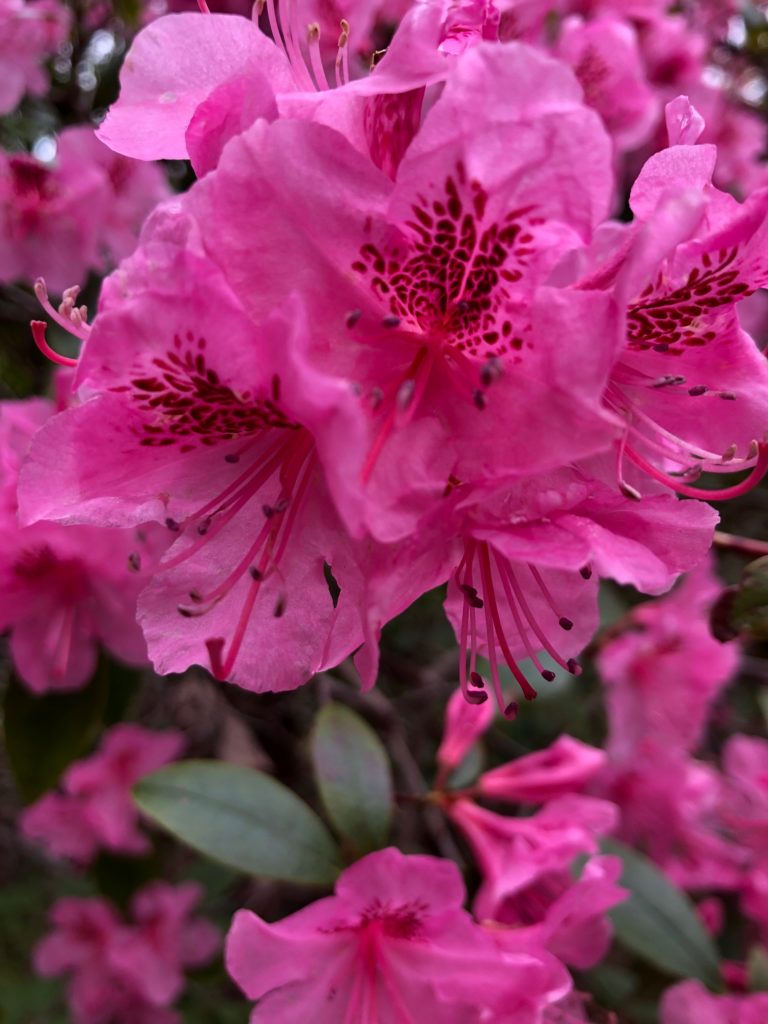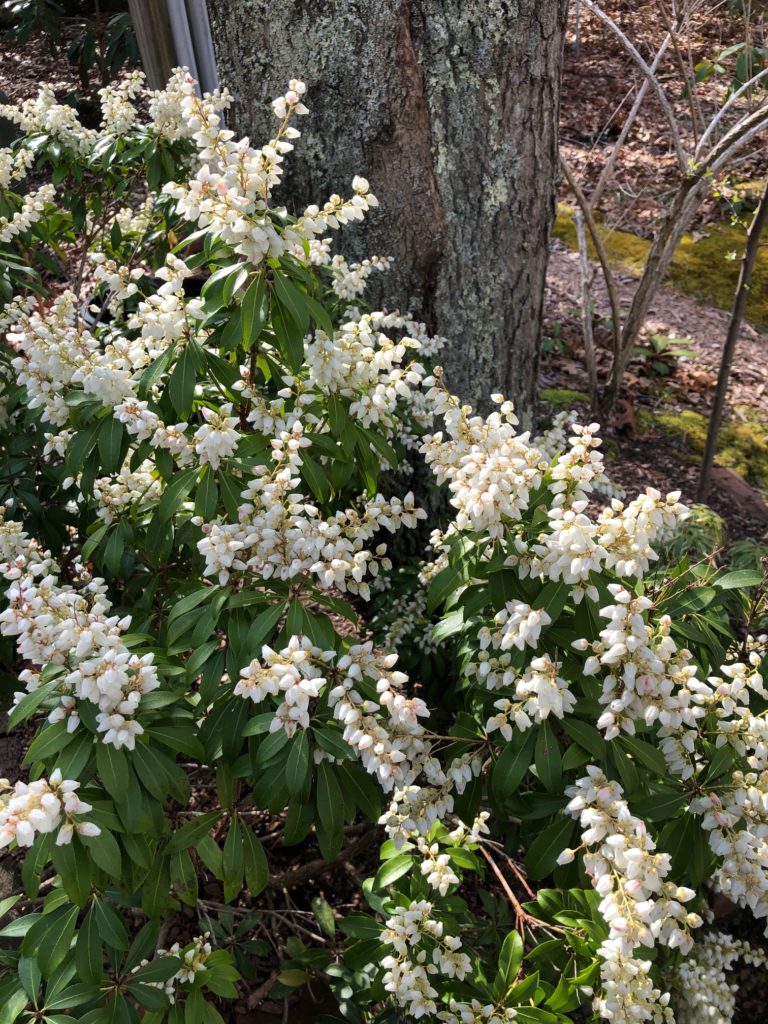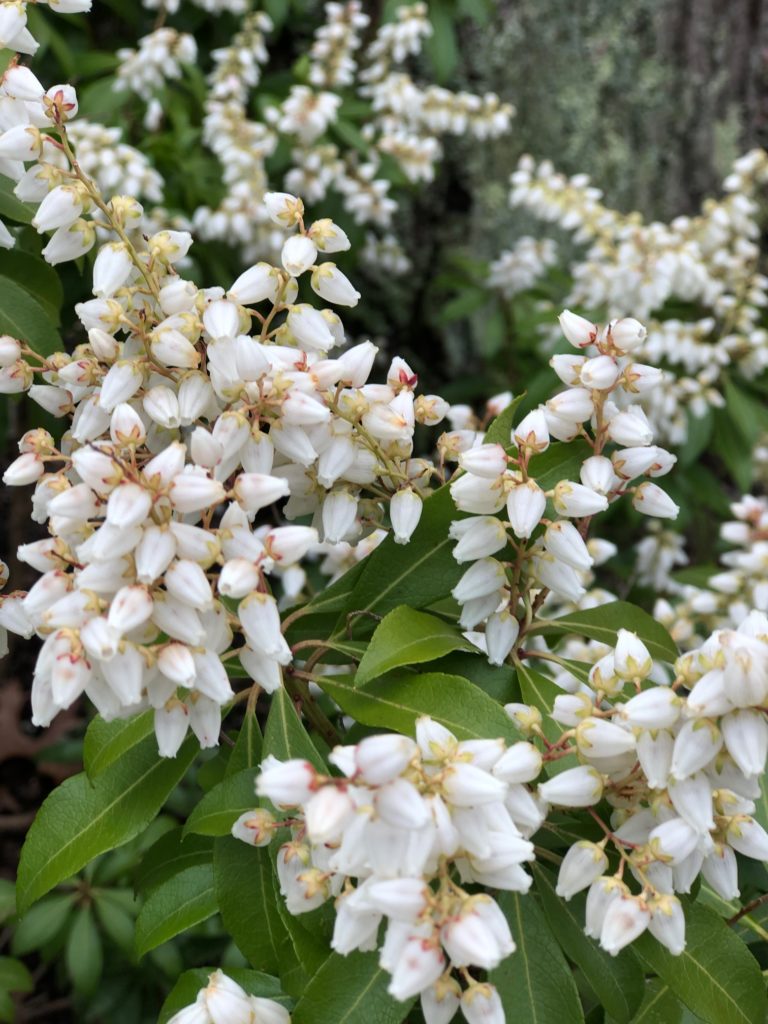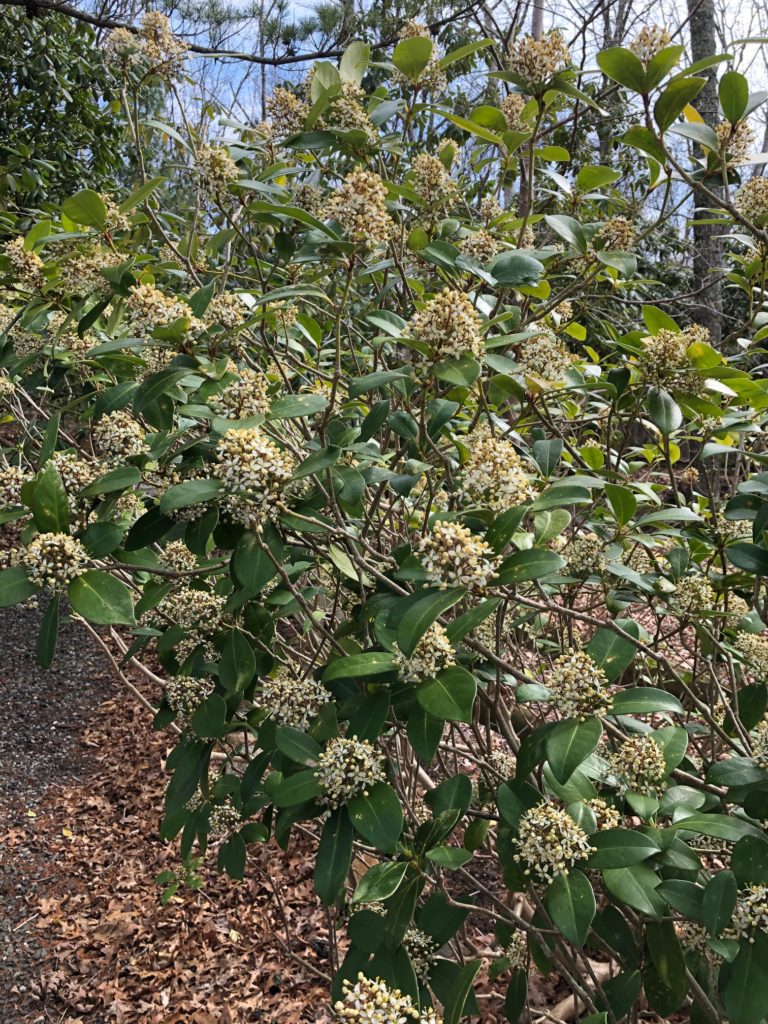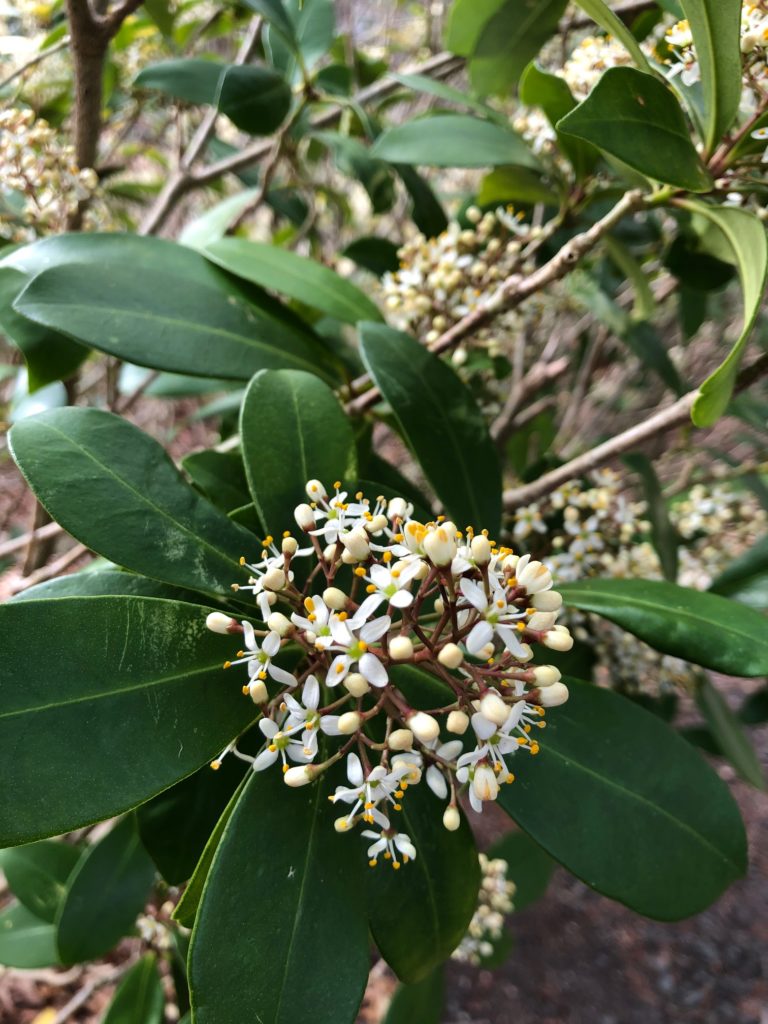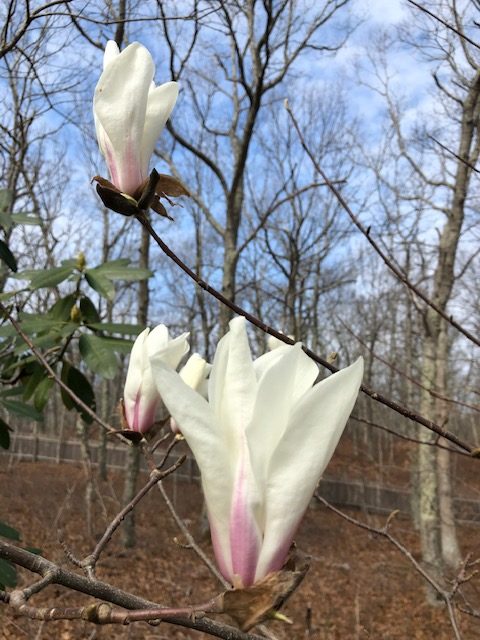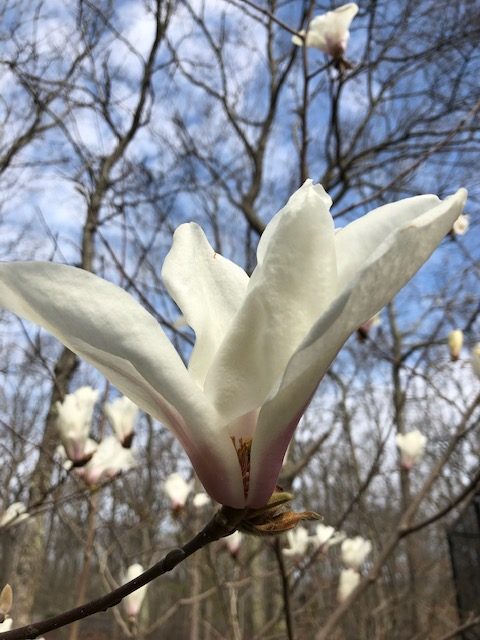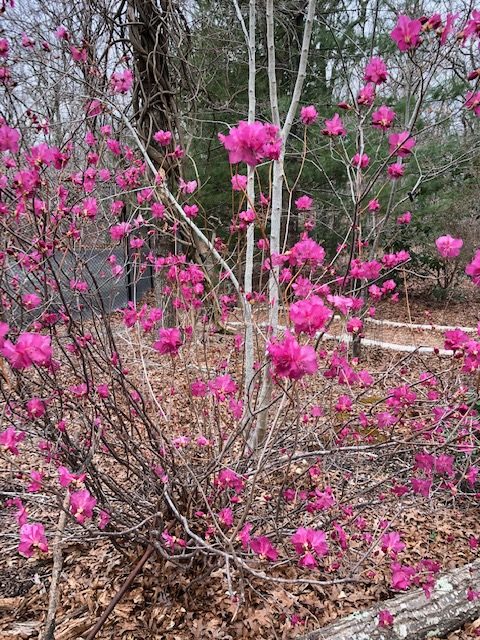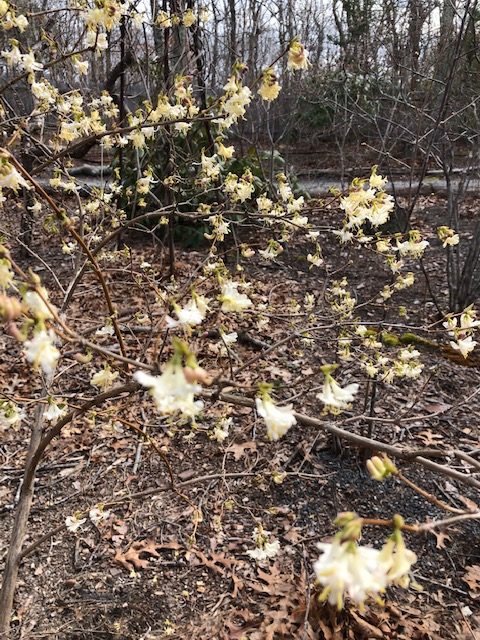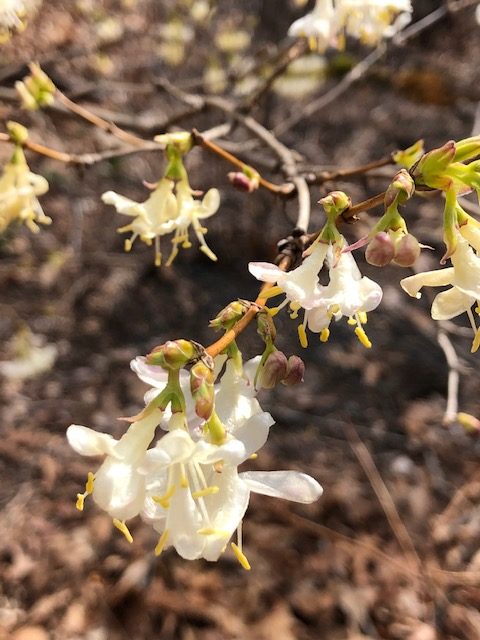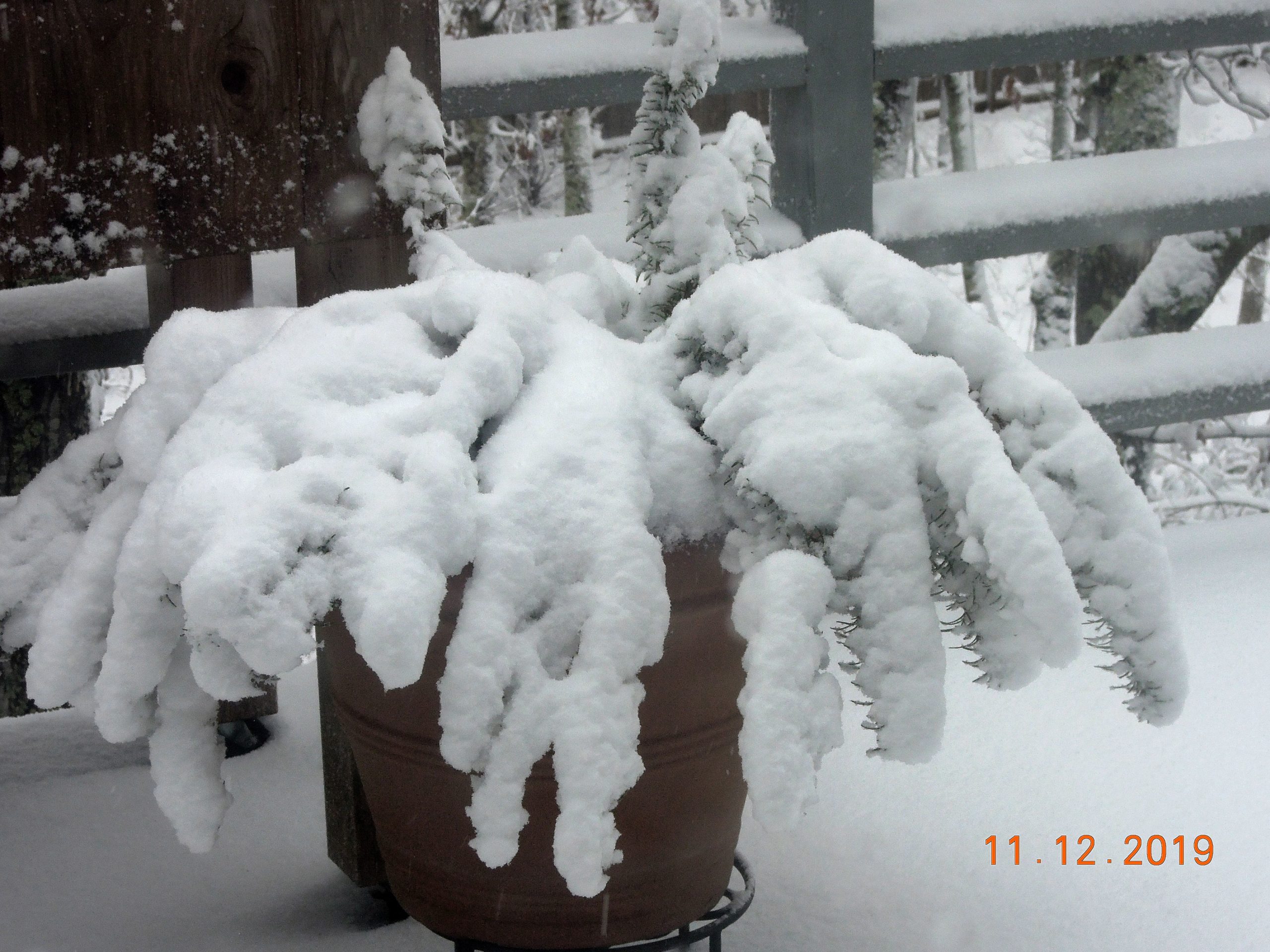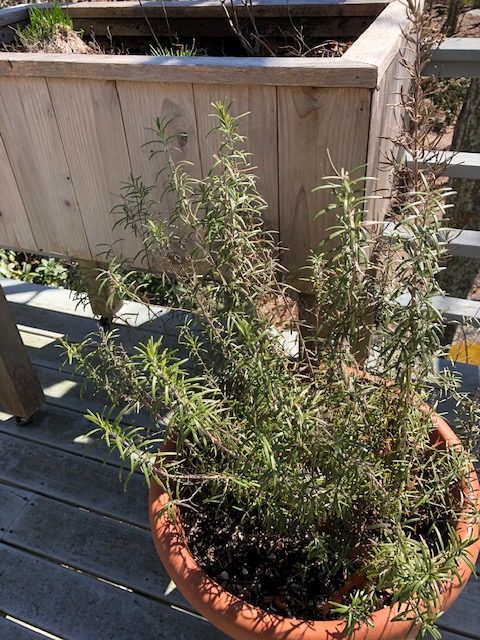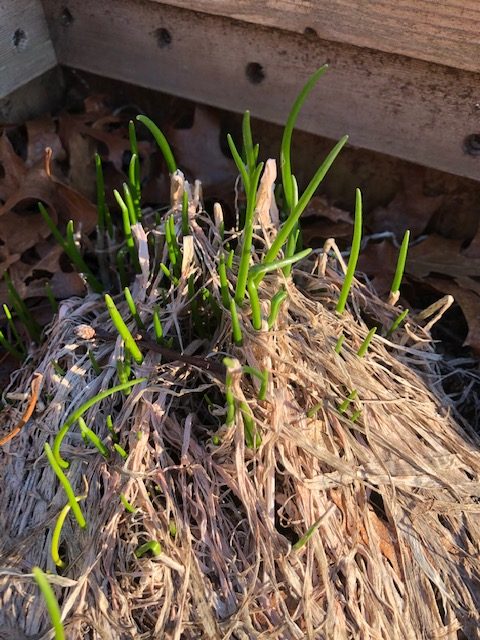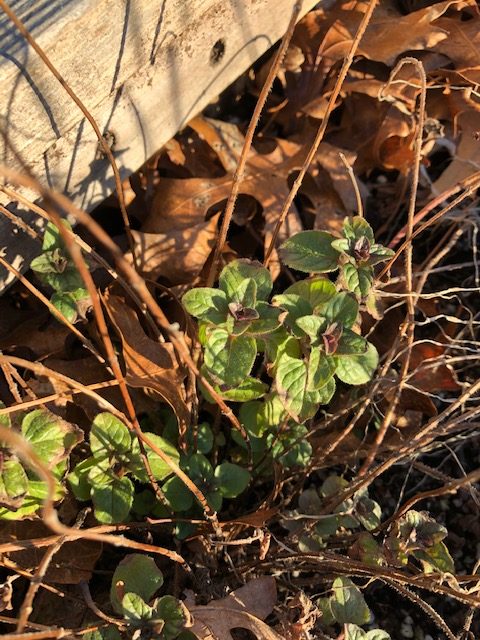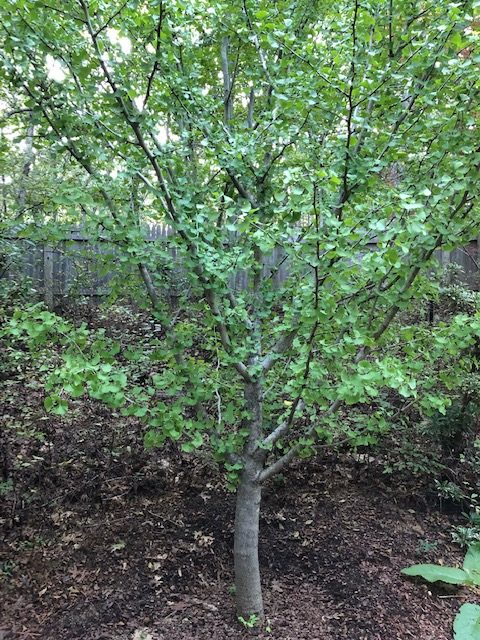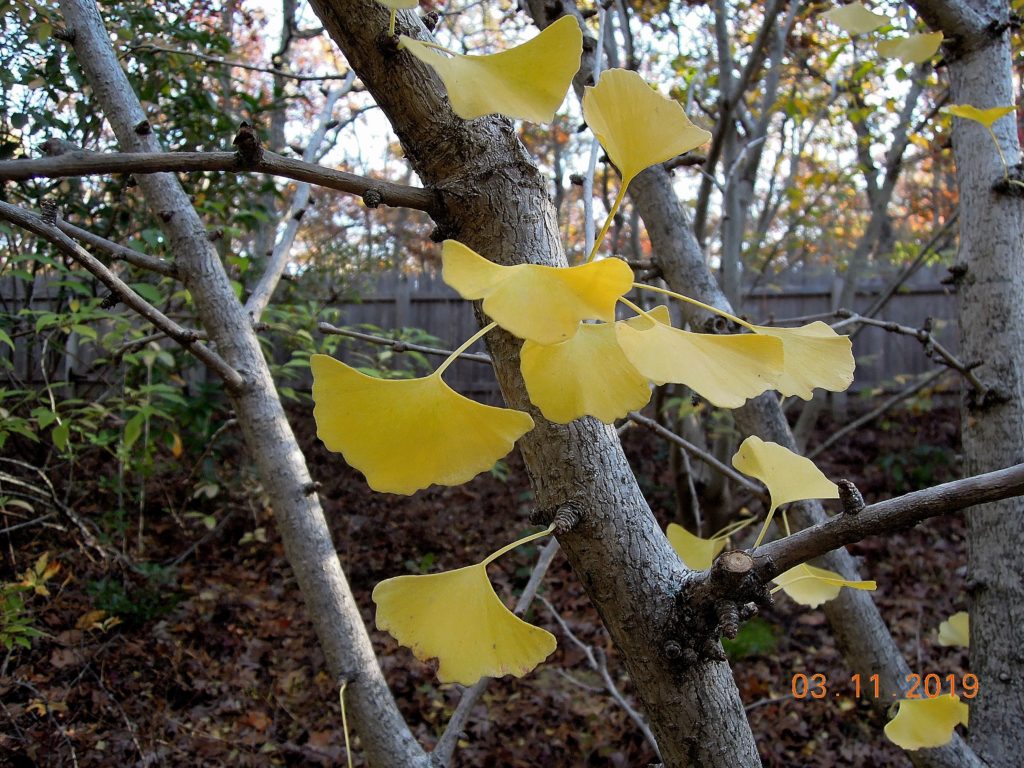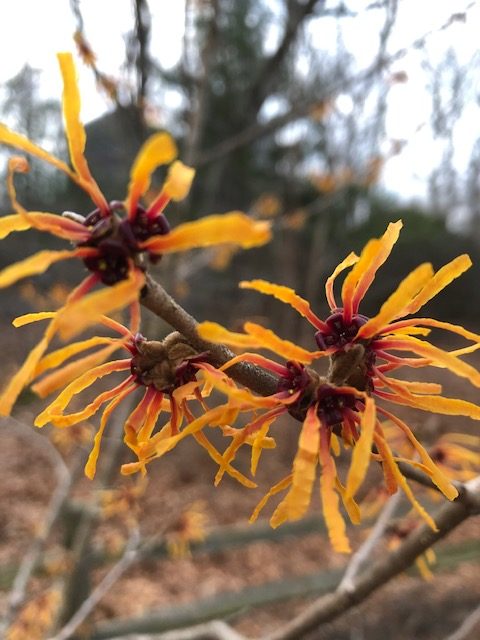The Earth has been spinning dangerously off its axis.
For years we have suffered one crisis after another fed by nonstop incompetence, corruption, and lies. Environmental protections have been eviscerated. It continues even as I write this. But the people have spoken and on January 20, 2021 we will have the opportunity to set this Republic on a true and just course.
Much to be thankful for this Thanksgiving.
In the garden, sadly the Oaks never displayed Fall color — their foliage fast turned from green to brown. But the following Autumn-All-Stars didn’t disappoint:
Nyssa sylvatica (Sour Gum, Black Gum) Z 4-9
Often called one of our most beautiful native trees, Nyssa is especially admired for its reliable, vibrant Fall color. It is disease-resistant and will grow in sun or shade in well-drained, moist, acidic soil.
Because of its long taproot, it is difficult to move. When I had to transplant one of my established trees, it lost a few feet from the top and it took about three years to fully recover. While it is quite happy now in its new position, you can avoid the problem by carefully choosing a planting site with an eye to the future.
Euonymus alatus ‘Compactus’ (Burning Bush) Z 5-8
This disease-resistant Asian shrub isn’t fussy about soil pH but does prefer well-drained soil with regular water. It will prosper in sun or shade but its Fall color will be affected: In sun the foliage will turn fiery red; in shade, it’s more likely to turn pink, as in the photos above. E. alatus can attain a height of 15-20 feet. My cultivar ‘Compactus’ is about 11 feet—smaller but not really compact. (Since I planted it — over twenty-five years ago — dwarf cultivars have become available.)
In addition to being easy-care, the shrub produces showy red-orange Fall fruit beloved by birds, resulting in volunteer seedlings popping up in the landscape. I welcome volunteers, but others do not and have called for the plants to be banned from commerce. Angry birds have drafted a petition in opposition.
Finally, consider these three fabulous Japanese Maples clad in flaming autumnal attire:
Acer palmatum ‘Mikawa yatsubusa’
Acer palmatum ‘Iijima sunago’
Acer palmatum ‘Aoyagi/Ukon’
In my organic garden they all flourish in rich, moist, well-drained, acidic soil, in shade.
HAPPY THANKSGIVING! Be well. Stay safe.
